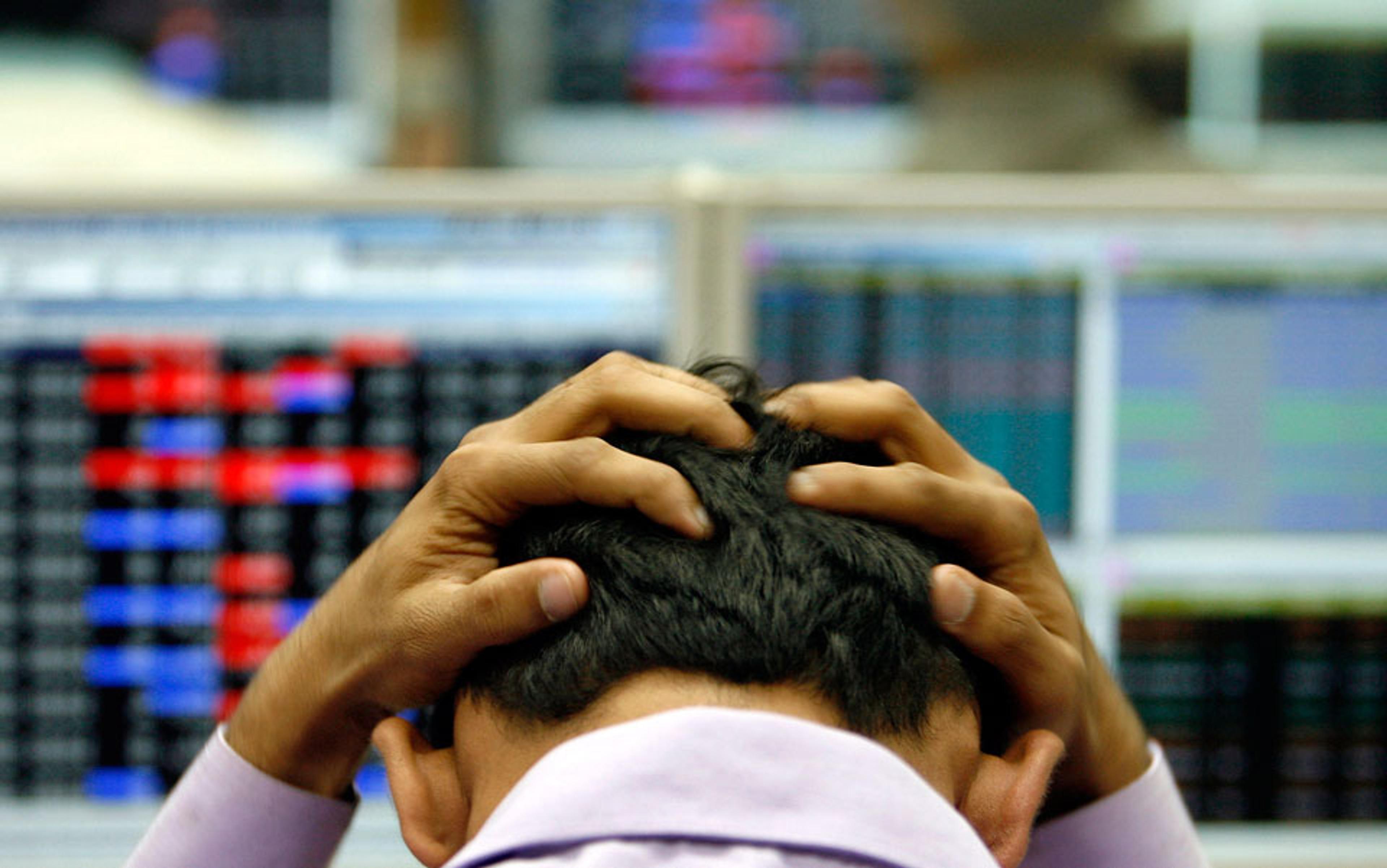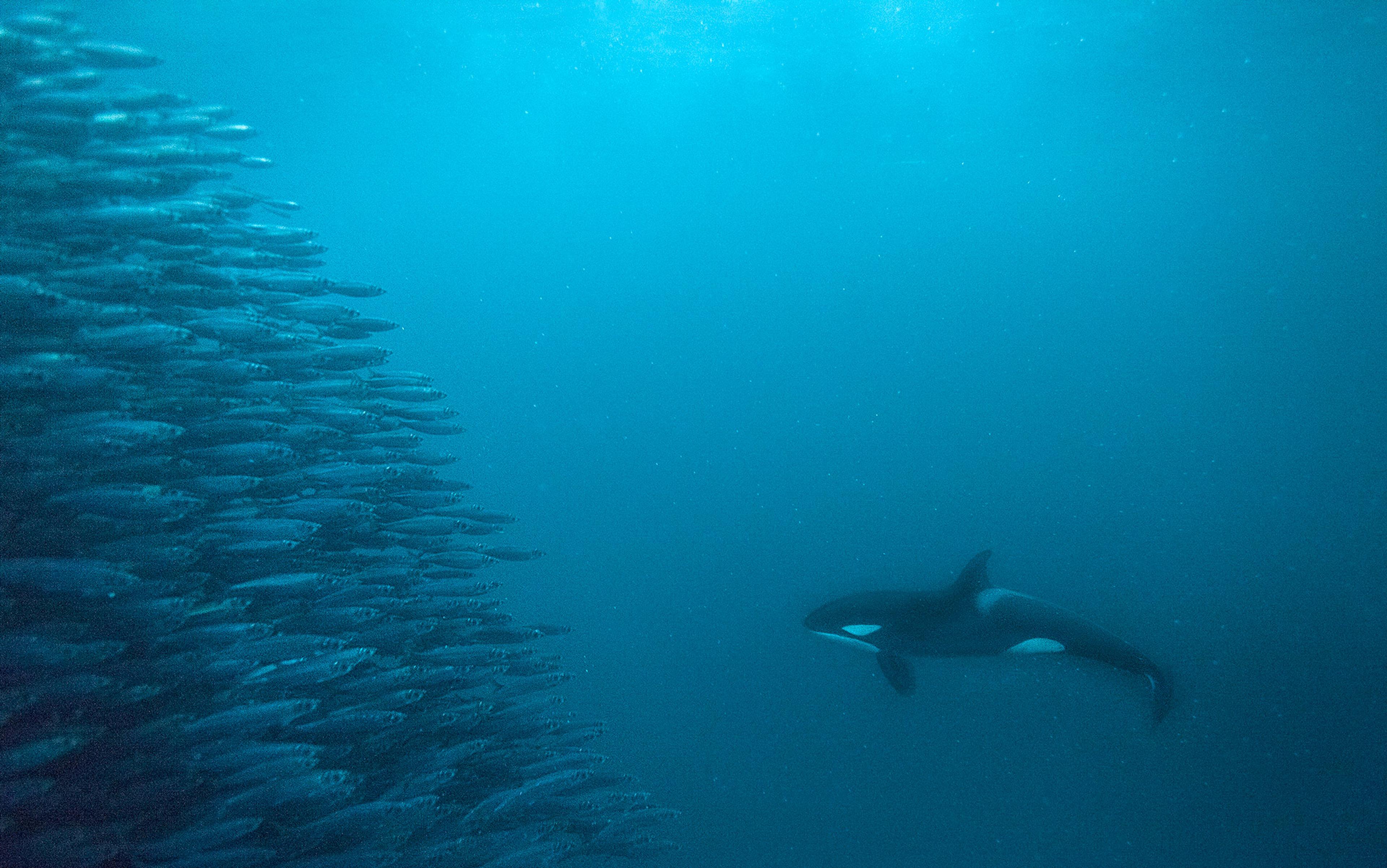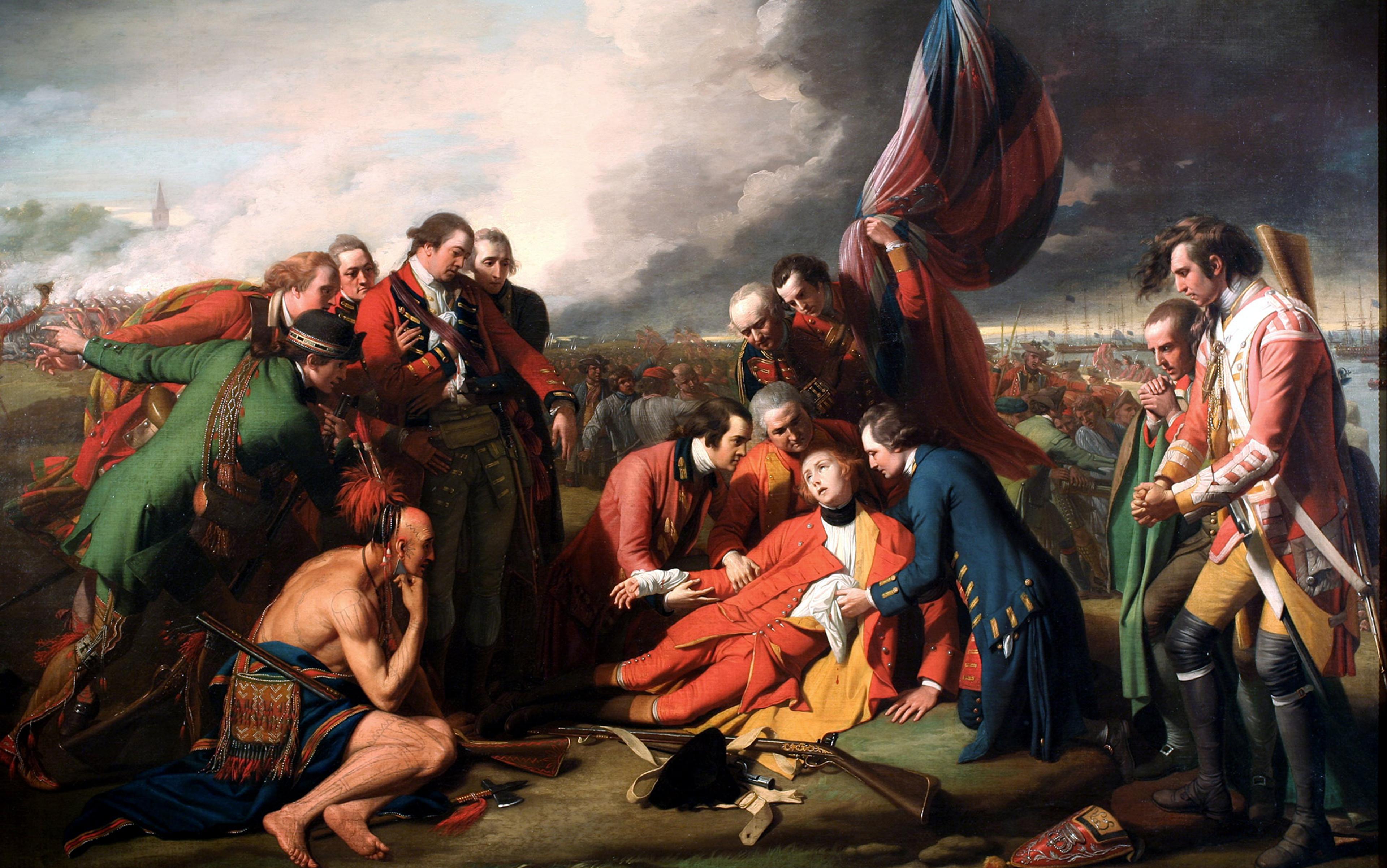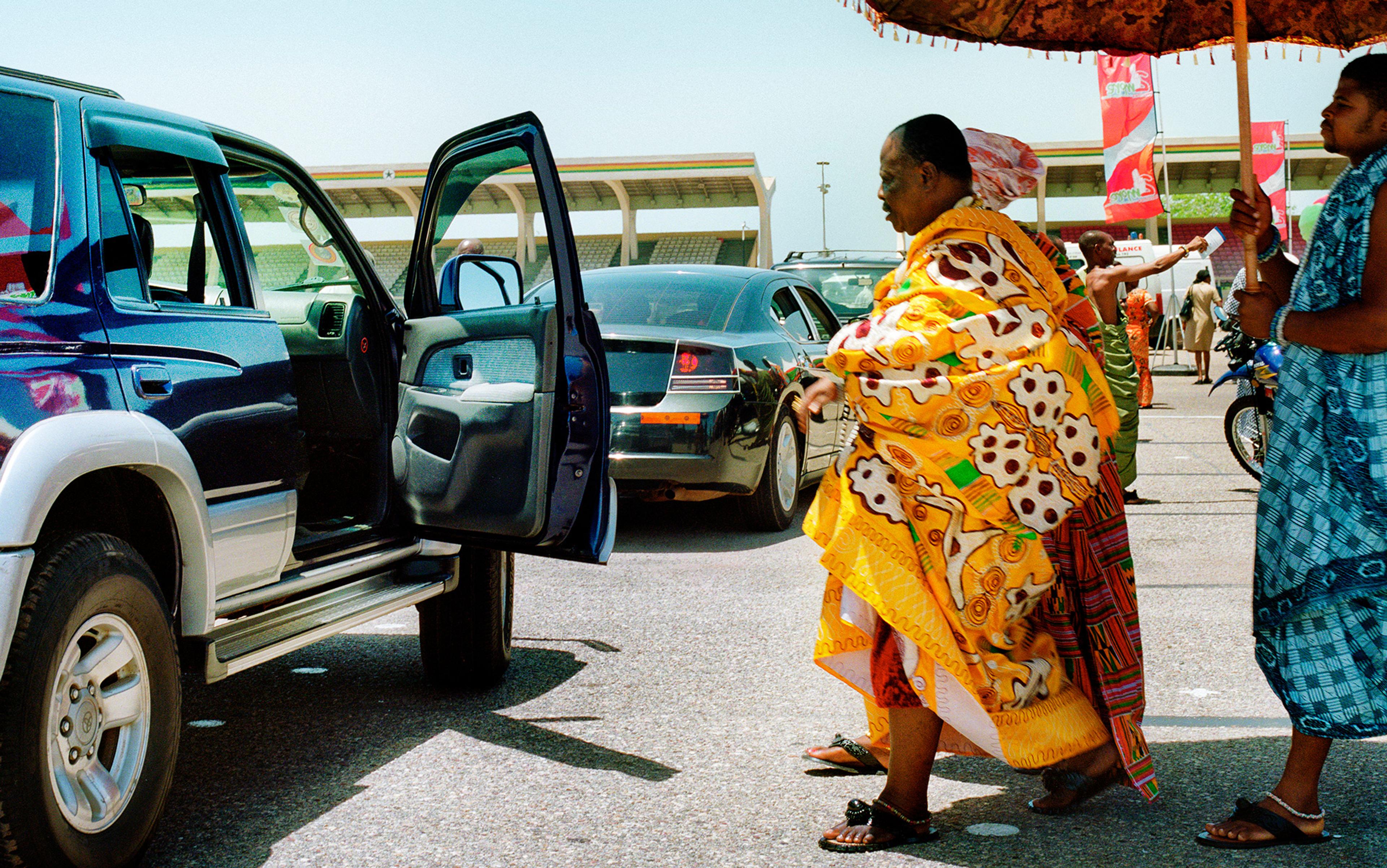In 2008, as it was becoming clear that a once-in-a-generation financial crisis was upon us, a friend of mine who is a senior corporate executive asked me a peculiar question. Might evolutionary theory have something to say about what caused the crisis? Those of us who labour away in the biological sciences are unaccustomed to fielding questions from corporate executives, but I had founded a think tank called the Evolution Institute and my friend was an early supporter. These were desperate times; the financial crisis had exposed grave weaknesses in our basic understanding of economic systems. The reigning theoretical paradigms in economics had run out of credibility, having, at best, failed to predict the crisis and, at worst, helped to exacerbate it. Could evolutionary theory do better?
Of course, economics has been crying out for interdisciplinary intervention since its inception. The field is caught in a tug-of-war between two ideas: the idea that we need market processes to proceed unhindered and the idea that a healthy economy requires regulation. The 18th-century pioneer of political economy Adam Smith observed that economies have a way of running themselves when left to their own devices. Without the meddling of overseers, Smith argued, a benevolent ‘invisible hand’ would emerge from the workings of the market itself. Yet Smith also knew that naked self-interest is often very bad for society as a whole. The industrial revolution and the great depression would demonstrate this danger best. Communism demonstrated the opposite danger, that too much regulation dooms an economy to stagnation. What the economic landscape lacks is an adequate theory to navigate the enormous middle ground between these two insights. Instead, policy is drawn from a hodge-podge of perspectives pulled from philosophy, the social sciences, and practical experience.
Some thought a formal mathematical theory could fill this yawning theoretical void. In the late 19th century, the French mathematical economist Léon Walras aspired to invent a physics of social behaviour that would be comparable to Isaac Newton’s laws of motion. If the behaviour of human actors in an economic system could be explained with the same precision as Newtonian mechanics, it would be an achievement of the first rank. In 1874, Walras devised just such a theory, which became known as the general equilibrium model, but it was fatally flawed. His model made so many assumptions about human preferences and abilities that it required economists to think about humans too restrictively. Walras’s theory was based upon an imaginary creature that is often labeled Homo economicus, rather than the complex, flesh-and-blood Homo sapiens. The model also required restrictive assumptions about the environment inhabited by H economicus. This complicated, assumption-heavy theoretical apparatus allowed Walras to posit mathematical proof of the invisible-hand conjecture. Individuals striving to maximise their absolute utilities would also maximise the utility of the society as a whole — without any regulation at all.
The project of devising a ‘physics of social behaviour’ was doomed from the start
The flaws of the general equilibrium model are well-documented. In his essay ‘On the Definition of Political Economy’ (1844), John Stuart Mill described H economicus as ‘an arbitrary definition of man, a being who inevitably does that by which he may obtain the greatest amount of necessaries, conveniences, and luxuries, with the smallest quantity of labour and physical self-denial with which they can be obtained’. In his essay ‘Why Is Economics not an Evolutionary Science’ (1898), Thorstein Veblen lampooned H economicus as ‘a lightning calculator of pleasures and pains, who oscillates like a homogenous globule of desire of happiness under the impulse of stimuli that shift about the area, but leave him intact’. Even back then, Veblen regarded this conception of human nature as ‘some generations’ out of date.
Most social scientists agree that H economicus bears almost no relation to H. sapiens, and yet, to this day, the general equilibrium model enjoys a dominant position in economic thought and policy. In the classic essay ‘The Methodology of Positive Economics’ (1953), Milton Friedman confidently assured his readers that the predictions of the orthodox model could be correct even if its assumptions were wrong. Walras’s theory prescribed an extreme laissez-faire approach to economic policy, and gave license to Friedman to argue, tirelessly, that just about anything would work better if government got out of the way — and presidents and prime ministers listened.
The current economic paradigm owes its dominance in part to its prestige as a formal mathematical theory. Everything else in economics seems like a mish-mash of ideas by comparison. The strongest challenge to the dominant model comes from behavioural economists, who call for economic theory and policy based on H. sapiens, not H economicus. But, so far, behavioural economists have merely compiled a list of ‘anomalies’ and ‘paradoxes’ that are anomalous and paradoxical only against the background of the general equilibrium model, like satellites that cannot escape the orbit of their mother planet. They have not put forth a general theory of their own.
Evolution might have a role to play in filling this theoretical vacuum but, first, it’s important to acknowledge that evolutionary theory is not at all like Newtonian physics. Newton could provide a complete mathematical description for the movement of physical bodies because their properties and interactions are relatively simple. When interactions become more complex, our ability to describe them mathematically breaks down. You can see this dynamic at play in complicated, non-living systems such as the weather, which can be very difficult to predict. But it is even more the case in biological systems or economic systems, which are not only complex but change their properties and interactions over time. No matter how alluring to the 19th-century imagination, the project of devising a ‘physics of social behaviour’ was doomed from the start. But that’s OK; a theory needn’t resemble Newtonian mechanics to be successful.
Indeed, evolutionary theory achieves its generality in a very different way. Evolutionists have a conceptual toolkit that can be applied to the study of any aspect of any organism. This includes asking four questions in parallel, concerning the function, history, physical mechanism, and development of the trait. For example, species that live in the desert are typically sandy-coloured. How do we go about explaining this fact? First they are sandy-coloured to avoid detection by their predators and prey (a functional explanation). Second, the sandy colouration is achieved by various physical mechanisms, depending upon the species — fur in mammals, chitin in insects, feathers in birds (a physical explanation). What is more, the particular mechanism is based in part on the lineage of the species (an historical explanation) and develops during the lifetime of the organism by a variety of pathways (a developmental explanation). Answering these four questions results in a fully rounded understanding of colouration in desert species. All branches of biology are unified by this approach.
What’s good for my clan is not necessarily good for my nation. What’s good for my nation is not necessarily good for the global environment or economy
This kind of thinking might seem far removed from economics and public policy, but it can be applied to core economic concepts, especially when we remember that evolutionary theory includes the study of cultural evolution in addition to genetic evolution. The evolutionary paradigm challenges assumptions that are so deeply embedded in orthodox economic theory that they aren’t even recognised as assumptions. For example, the general equilibrium model assumes that individuals strive to maximise their absolute utilities, but by contrast natural selection is based on relative fitness. It doesn’t matter how well an organism survives and reproduces in absolute terms. It only matters how well it does relative to organisms that employ alternative strategies. The traits that maximise the advantage of an individual, relative to the members of its group, are typically different from the traits required for the group to function as a co-ordinated unit to achieve shared goals. What’s good for me is not necessarily good for my family. What’s good for my family is not necessarily good for my clan. What’s good for my clan is not necessarily good for my nation. What’s good for my nation is not necessarily good for the global environment or economy.
At every rung of this multi-tier hierarchy, self-serving behaviours threaten to undermine the performance of the higher-level unit. This potential for conflict, which I call ‘The Iron Law of Multilevel Selection’, lies at the heart of all theories of social evolution, and it poses a difficult problem for the ‘invisible hand’. If special conditions are required for higher-level functional organisation to evolve, how can one seriously maintain the notion that unregulated self-interest inevitably contributes to the common good?
And yet, evolutionary theory does lead to a viable concept of the invisible hand, albeit one that is different from the received economic version. Indeed, the biological world has its own version of the invisible hand. Cells, multicellular organisms, and social insect colonies are all higher-level social units that function with exquisite precision without the lower-level units having the welfare of the higher-level units in mind. In most cases, the lower-level units don’t even have minds in the human sense of the word. These miracles of spontaneous organisation exist because selection operating on the higher-level units has winnowed down the small fraction of traits in the lower-level units that contribute to the good of the group. If the invisible hand operates in human groups, it is due to a similar history of selection, first at the level of small-scale groups during our genetic evolution, and then at the level of larger-scale groups during our cultural evolution. Multi-level cultural evolution is still taking place all around us, as we can see if we learn to look closely. The European Union, for example, is a case of lower-level social entities (nations) struggling to form a higher-level social organisation (the EU).
Economists and public policy experts can be forgiven for being wary of evolution as a theoretical framework, given its sorry history during the 19th and early 20th centuries. Even today, most people associate the term ‘social Darwinism’ with a cruel dog-eat-dog view of the marketplace (biological reality check: dogs don’t eat other dogs). But, today, a new kind of social Darwinism is emerging, and it actually favours co-operation.
When Elinor Ostrom was announced as one of the recipients of the Nobel Prize in Economics in 2009, many members of the economic establishment were dumbfounded. Steve Levitt wrote on his New York Times Freakonomics blog that most economists had never heard of her or her work – he was chagrinned to count himself among them. Ostrom was a political scientist by training and (by her own account) an outlier even among political scientists. She received the prize for showing that groups of people who attempt to manage common-pool resources such as irrigation systems, forests, and fisheries, are capable of avoiding the tragedy of overuse, but only if they are able to regulate themselves through possessing certain design features. This was in contrast to received economic wisdom, which held that the only solutions to the ‘tragedy of the commons’ were privatisation (if possible) or top-down regulation. Ostrom established her claims with a worldwide empirical database of common-pool resource groups and with theories derived from political science, game theory, and (increasingly throughout her career) evolutionary theory. As part of the Evolution Institute’s multi-year project on rethinking economics, I was privileged to work with Lin and her postdoctoral associate Michael Cox for several years prior to her death last year. Our work showed that the core design principles of groups who successfully manage common resources followed the evolutionary dynamics of cooperation in all species and our own unique history as a highly cooperative species. We also argued that these principles can be generalised to a much wider range of groups than those attempting to manage common-pool resources.
The evolutionary paradigm provides a means for steering an intelligent middle course between extreme laissez-faire and ham-fisted regulation
In my experience, based on hundreds of conversations with economists and public policy experts of all stripes, most are open-minded and unthreatened by the notion that evolution could help to illuminate the mysteries of economics. Indeed, economists often assume that their ideas are consistent with evolutionary theory, even if they don’t formally apply it in their work. The question I am asked, again and again, is: ‘What is the added value of an explicitly evolutionary perspective, compared with the way that I and my colleagues have been approaching our subject on our own?’ Without evolution, I answer, economics has no way to reconcile its yin and yang, the importance of self-organising processes and the importance of regulation. The evolutionary paradigm provides a new set of navigational tools for steering an intelligent middle course between extreme laissez-faire and ham-fisted regulation that have proven so disastrous in the past.
In pursuit of this new paradigm, the Evolution Institute has teamed up with the National Evolutionary Synthesis Centre, one of the National Science Foundation’s largest evolution-related centres, to hold a conference and series of workshops engaging dozens of experts from a melting pot of academic disciplines. The project has reached fruition in the publication this year of a special issue of the Journal of Economic and Behaviour Organisation entitled ‘Evolution as a General Theoretical Framework for Economics and Public Policy’. The articles in the special issue substantiate this claim that evolution can and should be used as a general theoretical framework for economics and public policy by addressing topics that have always been at the heart of economics and public policy, such as the efficacy of groups, the nature of institutions, self-organization, trust, discounting the future, and risk tolerance. The 13 articles in the special issue lay the groundwork for a paradigm shift that is long overdue.
Of course, one reason to reserve judgment on the evolutionary paradigm is because it is so new. No theory immediately provides all the answers to the questions that plague its field, and no infant theory could possibly hope to explain a phenomenon as complex as the 2008 financial crisis. And yet, with more time and refinement, economists might find themselves agreeing with the biologist Thomas Huxley, who said, upon encountering Charles Darwin’s theory for the first time in 1859: ‘How stupid of me not to have thought of that!’
Visit the online evolution magazine This View of Life for a special issue on economics from an evolutionary perspective.
Visit the Evolution Institute website for free downloads of the 13 articles comprising the special issue of the Journal of Economic Behavior and Organization.






